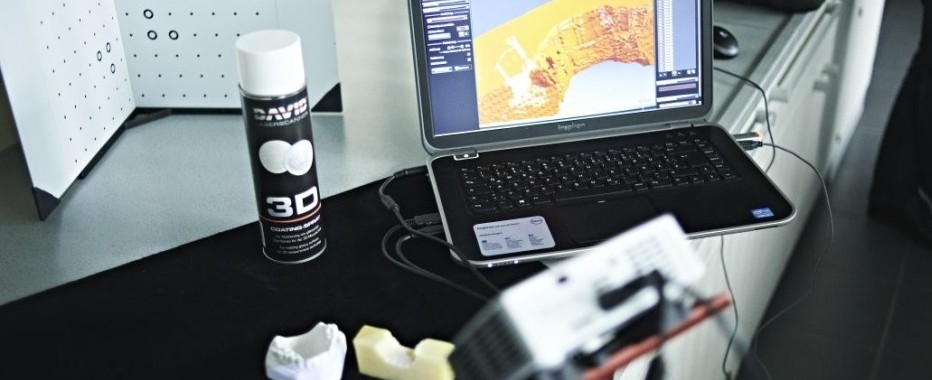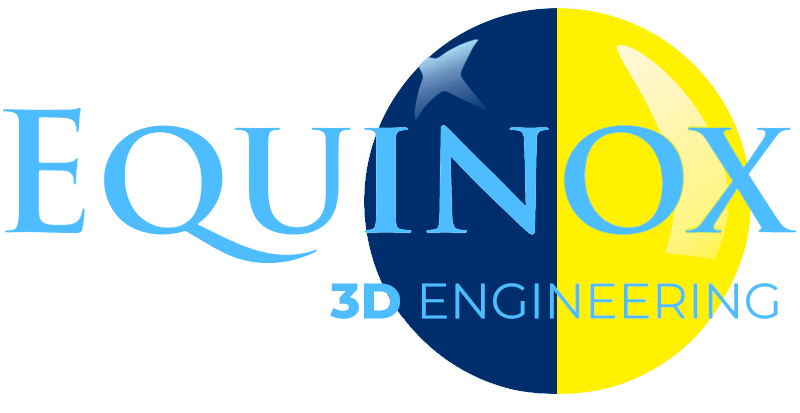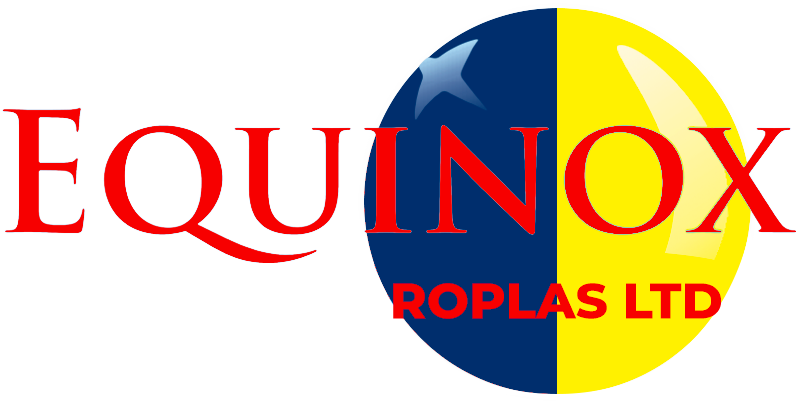Menu
HD 3D scanning creates three dimensional, highly detailed models from just about anything you could photograph with incredible density and accuracy, in just a few moments. The scanner itself collects a fine cloud of 3D point data, and specialised software then turns this into a triangle mesh model which can be exported to CAD or 3D printing systems, or used in any number of other ways.
It is fast, contactless, non-damaging and non-invasive, yet gives an unprecedented level of detail and accuracy. It’s not hard to see why HD 3D scanning is quickly becoming the standard in so many different industries.

Structured light scanning involves projecting a beam (or more commonly a pattern of beams) of light onto the object to be scanned, and recording the way fine details on the object’s surface distort the pattern of that light. The camera and computer systems use the distortions detected in the stripes to build up a huge volume of co-ordinates in three dimensional space, which can be automatically linked to create an accurate depiction of the object’s entire scanned surface.

We use a top-of-the-line structured light scanner from DAVID Vision Systems. This is a substantial upgrade to their earlier structured light scanners, with a camera resolution of 1920×1200, and the computer capacity to match. The associated DAVID-Laserscanner Pro software (ver 4.3) is setting a new industry standard for speed, accuracy and ease of use. The video projector also operates at HD resolution, and the calibration panels are of the highest quality glass.
In the end, though, what matters is the system’s performance. The SLS 3D HD system has a functional resolution of as little as 40 microns, or 0.05% of the scanned object size for large scale scans. The system can create mesh models from the 3D data automatically, with a density of up to 2.3 million vertices per scan.
Better still, it can complete a high quality scan in as little as 2 seconds. Even the most demanding scans take no more than ten seconds!



Copyright © 2020 – All Rights Reserved